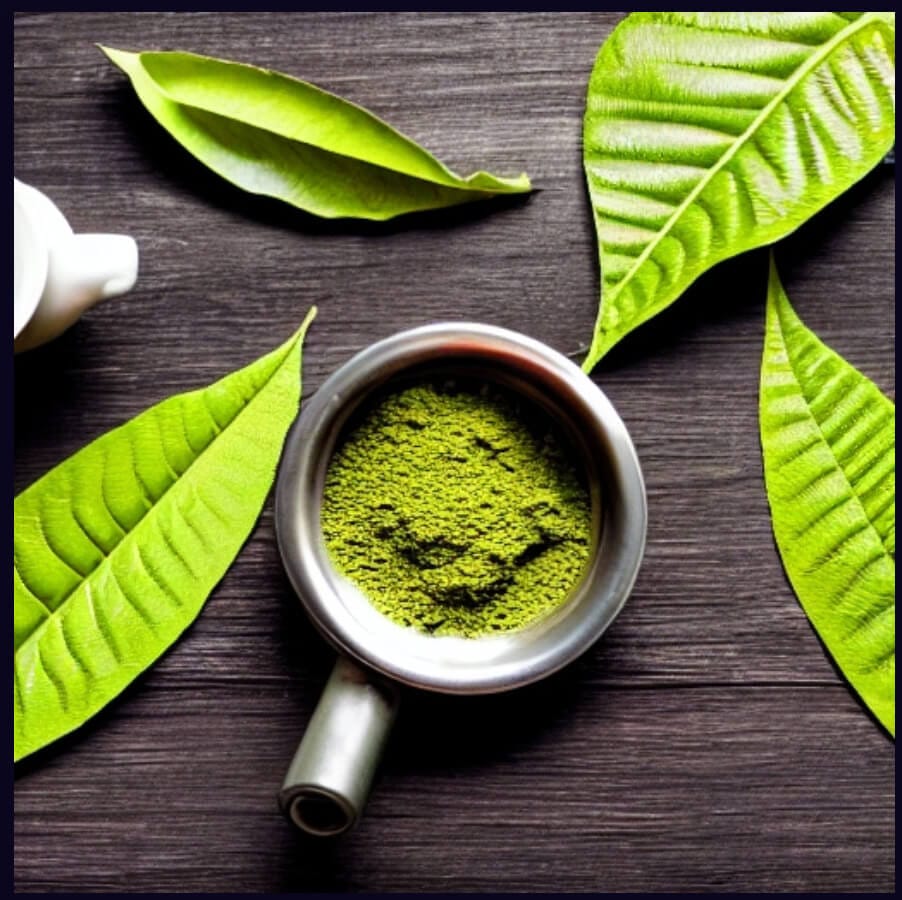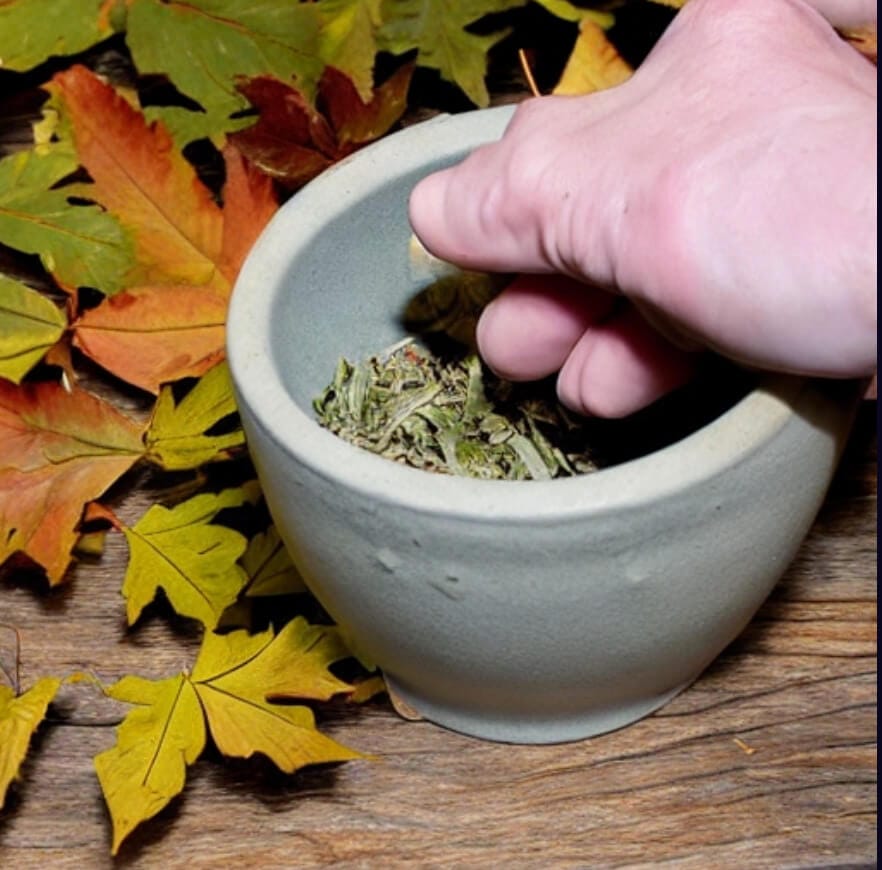Herbal Remedies for Pain Relief: Exploring the Healing Power of Apothecary Teas and Traditional
In a world increasingly reliant on pharmaceuticals, there’s a growing interest in returning to natural remedies for pain relief. Herbal teas and traditional apothecary remedies offer a centuries-old approach to managing pain and promoting overall wellness. As interest in holistic health practices continues to surge, many are rediscovering the efficacy of these botanical solutions. In this article, we delve into the realm of apothecary teas and traditional herbal remedies, exploring their potential for herbal pain relief.

Apothecary Teas: Nurturing Body and Spirit
Apothecary teas, concocted from a blend of herbs and botanicals, have been cherished for generations for their healing properties. These teas are not just beverages; they are crafted with a deep understanding of herbalism and traditional medicine. Each ingredient is carefully selected for its specific medicinal benefits, creating a harmonious blend that addresses various ailments, including pain. Natural Herbal Remedies for Pain Relief:
Chamomile: Known for its calming properties, chamomile tea is a popular choice for easing muscle tension and soothing headaches. Its anti-inflammatory properties can also help alleviate minor aches and pains.
Ginger: With its potent anti-inflammatory compounds, ginger tea is a go-to remedy for reducing inflammation and relieving pain associated with conditions like arthritis and migraines.
Turmeric: Renowned for its powerful anti-inflammatory and antioxidant properties, turmeric tea is often used to alleviate joint pain and inflammation associated with conditions such as osteoarthritis and rheumatoid arthritis.
Peppermint: Peppermint tea has cooling properties that can provide relief from tension headaches and muscle pain. Its natural analgesic effects make it a popular choice for easing discomfort.

Traditional Herbal Remedies: Harnessing Nature’s Pharmacy
Traditional herbal remedies for pain relief have stood the test of time, offering natural solutions for a wide range of health concerns, including pain management. Herbal Remedies for Pain Relief. These remedies are deeply rooted in ancient healing practices and are often passed down through generations, preserving centuries-old wisdom.
Arnica: Derived from the Arnica montana flower, arnica is prized for its ability to reduce pain and inflammation. Applied topically as a cream or gel, arnica can provide relief from muscle aches, bruises, and sprains.
Devil’s Claw: Native to southern Africa, devil’s claw has been used for centuries to alleviate pain and inflammation associated with conditions like arthritis and back pain. It can be consumed as a tea or taken in supplement form.
White Willow Bark: White willow bark contains salicin, a compound similar to aspirin, which has analgesic and anti-inflammatory properties. It has been used for centuries as a natural remedy for headaches, muscle pain, and arthritis.
Cayenne Pepper: The active ingredient in cayenne pepper, capsaicin, has powerful pain-relieving properties. When applied topically, capsaicin cream can help alleviate nerve pain, arthritis, and muscle soreness.
Harnessing the Power of Nature for Herbal Pain Relief
As interest in herbal medicine continues to grow, it’s essential to approach these remedies with respect and knowledge. While herbal teas and traditional remedies can offer effective pain relief, it’s crucial to consult with a healthcare professional, especially if you’re managing chronic or severe pain. Herbal Remedies for Pain Relief can be inspiring.
When incorporating Herbal Remedies for Pain Relief into your wellness routine, consider the following tips:
Research Thoroughly: Take the time to research each herb’s properties, potential side effects, and recommended dosages. Understanding how each ingredient works will help you create effective and safe remedies.
Quality Matters: Choose high-quality herbs and botanicals from reputable sources to ensure potency and purity. Organic, sustainably sourced ingredients are often preferred for their superior quality and environmental sustainability.
Listen to Your Body: Pay attention to how your body responds to herbal remedies and adjust accordingly. Start with small doses and gradually increase as needed while monitoring for any adverse reactions.
Consult with a Professional: If you have underlying health conditions or are taking medication, consult with a qualified healthcare provider before incorporating herbal remedies into your regimen. They can offer personalized guidance and ensure that your chosen remedies are safe and appropriate for your individual needs.
Exploring the Ancient Comfort of Herbal Remedies for Pain Relief

Kratom Tea’s Traditional Role in Alleviating Pain
In the lush forests of Southeast Asia, there exists a botanical treasure with a centuries-old tradition of healing: kratom. Derived from the Mitragyna speciosa tree, kratom has been utilized for its medicinal properties for generations, particularly in the form of tea. Among its various purported benefits, one of the most renowned is its ability to mitigate pain. In this article, we delve into the traditional use of kratom tea for pain relief, examining its historical context, mechanisms of action, and contemporary relevance in addressing discomfort. Kratom is among the many natureal Herbal Remedies for Pain Relief.
Historical Roots of Kratom Tea & Herbal Remedies for Pain Relief
The indigenous peoples of Southeast Asia, where kratom originates, have long revered the plant for its therapeutic potential. Historically, kratom leaves were chewed or brewed into tea to alleviate a spectrum of ailments, including pain, fatigue, and even to aid in laborious tasks. This traditional knowledge passed down through generations underscores the profound cultural significance of kratom as a healing agent. Mechanism of Action: Kratom contains active compounds, most notably mitragynine and 7-hydroxymitragynine, which interact with opioid receptors in the brain. This interaction modulates pain perception, similar to the action of traditional opioids but with a different pharmacological profile. Additionally, kratom’s alkaloids may also impact neurotransmitter systems involved in mood regulation and inflammation, contributing to its analgesic properties.
Traditional Use of Kratom as an Herbal Tea for Pain Relief
Among the myriad ways kratom has been consumed, tea remains one of the most popular and effective methods for pain management. Traditionally, kratom leaves were harvested, dried, and brewed into a potent tea. The resulting infusion was consumed for its analgesic effects, providing relief from chronic conditions such as arthritis, back pain, and muscle soreness. The gentle warmth of kratom tea coupled with its pain-relieving properties made it a staple in the daily lives of many Southeast Asian communities. Herbal Remedies for Pain Relief are important like kratom tea.
Contemporary Application of Kratom Tea:
In recent years, kratom’s popularity has surged in Western countries, driven by anecdotal reports of its efficacy in pain management. While scientific research on kratom is still evolving, preliminary studies suggest promising results. A 2018 review published in the Journal of the American Osteopathic Association highlighted kratom’s potential as a safer alternative to conventional opioids for pain relief. However, it’s important to note that regulatory bodies have expressed concerns about kratom’s safety and potential for addiction, emphasizing the need for further research and responsible use.
Safety and Considerations of Kratom Tea
Despite its long history of traditional use, kratom is not without risks. Excessive consumption or misuse can lead to adverse effects, including nausea, dizziness, and dependence. Moreover, kratom’s legal status varies by country, with some jurisdictions imposing restrictions or outright bans due to safety concerns. Individuals considering kratom for pain management should exercise caution, consult with healthcare professionals, and adhere to recommended dosages.
Kratom tea stands as a testament to the enduring wisdom of ancient healing practices. Its traditional use for pain relief reflects a deep understanding of nature’s remedies passed down through generations. While contemporary research continues to unravel kratom’s pharmacological intricacies, its role in alleviating pain persists, offering a glimmer of hope for those seeking alternative solutions to discomfort. As we navigate the complexities of modern medicine, the legacy of kratom tea serves as a reminder of the timeless connection between humanity and the healing power of plants.
In conclusion, apothecary teas and traditional herbal remedies offer a holistic approach to pain management, harnessing the healing power of nature to promote wellness and vitality. Whether sipping on a soothing cup of chamomile tea or applying arnica cream to sore muscles, these time-honored remedies provide a gentle yet effective alternative to conventional pain relief methods. By embracing the wisdom of herbalism, we can cultivate a deeper connection with the natural world and support our journey toward optimal health and well-being.
